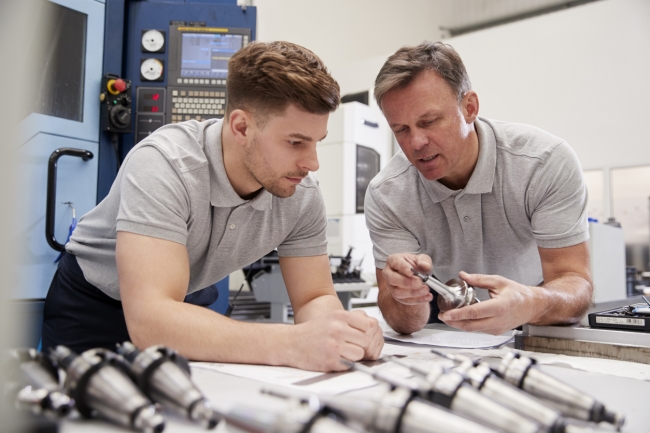3 minute read • published in partnership with ABGI
Insight: The results of innovation in manufacturing and boosting business growth – part 5
At a time when businesses across the UK are grappling with unprecedented challenges, access to funding to increase cashflow and help mitigate the disruption has become a top priority. There is no doubt that British companies which have been involved in R&D and those which turn out to be hugely successful are linked. In this series of articles, we share with you case studies and practical examples of manufacturing businesses that were able to claim funding on projects aimed at improving products for market by making them cheaper, faster, smaller, larger or more efficient. In the final part of this series, ABGI looks at how innovation and R&D in the manufacturing sector can ‘make things lighter’.
Part 5 – Making things lighter
Next in our series on the aspects of innovation that may be eligible for tax relief, we turn our attention to business activities focused on R&D to “make things lighter.”
Why do we need to make things lighter? If you will excuse the pun, is there any material benefit? In some instances even a small reduction in the weight of a product can impact significantly on its use and value. Consider, for example, the energy saving and consequent performance improvement in reducing the weight of a marathon runner’s shoe by a few grams or the substantial increase in the acceleration of a car by improving the power/weight ratio by replacing traditional alloy-based parts with carbon fibre.

ABGI is encouraging manufacturers to look at R&D opportunities that could help boost business growth and support a sustainability strategy / Picture: Getty/iStock
Lighter performs better
The current trend of wearable technology has created a swathe of challenges for device designers and manufacturers. The usefulness of a sports watch can be seriously compromised if the watch is too heavy. Additional weight can be uncomfortable for the wearer or inhibit free movement. In addition to exploring the practical implications of using new materials such as plastics and thermo-foams, manufacturers need to find ways of reducing weight whilst maintaining functionality.
Similarly, reducing the weight of industrial products can have implications on the power requirements for lifting and handling, as well as the health and safety of operators. For example, the placement and installation of wellhead equipment on the seabed, where the increasing pressure with water depth magnifies lifting capacity, makes manoeuvring heavy items very challenging. Projects undertaken to reduce the weight of such equipment have focused on the use of materials and the manufacturing processes themselves: lighter weight alloys, in addition to experimentation with alternative forming processes (such as casting, forging or additive manufacturing) as opposed to the traditional approach of machining parts from solid bar. All in order to find the optimal balance of weight and functional integrity.
Fly me to the moon… (in a light and sturdy aircraft)
Over the last ten years the development of new alloys for advanced manufacturing has been gathering pace, such as the use of an aluminium-lithium alloy in the manufacture of aircraft fuselage. This new alloy offers a number of improvements in addition to a significant weight saving on aircraft using traditional aluminium alloys or fibre composites. However, this innovative material solution was not a simple “make it and use it”. There has been on-going research and development over years to identify the Al-Li alloy providing the most appropriate mix of characteristics, not to mention endless prototyping and testing to ensure that this was in fact the best material for individual components.
Talk to ABGI if you would like to learn more about how you could leverage funds back into your business by claiming R&D tax relief on your product development projects. By accessing the wide range of support available, from the inception to the commercialisation of innovation projects, UK companies can start looking to the future and ensure they are competitive in the global market.
